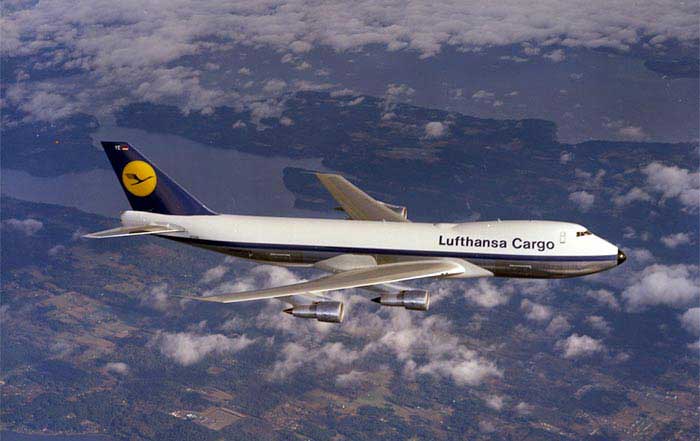The US is one of the world's leading aircraft manufacturers, with factories across the country. In recent years, the US has been responsible for producing some of the world's most innovative and advanced aircraft. US aircraft factories are constantly churning out new and improved aircraft designs with the latest technology and materials. The US is home to the world's most experienced and skilled aircraft engineers and technicians. This combination of factors makes US aircraft factories some of the most advanced and efficient in the world.
There are several aircraft factories located across the United States that design various aircraft. Some of these factories specialize in commercial aircraft production; others focus on the production of military aircraft. The largest aircraft factory in the United States is the Boeing factory in Everett, Washington, which employs over 70,000 workers. Other notable aircraft factories include the Airbus factory in Mobile, Alabama, and the Lockheed Martin factory in Fort Worth, Texas.
The travel industry is no exception as the global economy continues to grow. The demand for air travel increases as economies grow, connecting people and ideas worldwide. In response to the growing demand and increased leisure spending, the global air travel industry has thrived in recent years. As a result of these favourable conditions, the US aircraft manufacturing industry has grown significantly. We can explore the prospects of the US aircraft manufacturing industry, examining the key drivers, challenges, and risks for this market, as well as solutions for manufacturers looking to expand their business. If you operate in this industry or are thinking about expanding into it, these considerations can help you succeed.
Undoubtedly, the aircraft manufacturing industry has grown over the years. This is due to the growing global economy and the reality of the growing middle class in developing economies. Another key driver is the increasing demand for air travel. As the global economy grows, people have more money to spend on leisure activities, including air travel. Aeroplanes are increasingly being built as part of larger systems; software, sensors, and robotics play an essential role in this process. The increasing importance of digital transformation in the aircraft manufacturing industry reflects the broader trends in the manufacturing sector.
In the future, strong demand for light and medium-size planes is expected to drive the aircraft manufacturing sector; pundits expect the situation to impact this industry over the next five years. These dynamics will correspondingly increase employment and investment. Further, the market for large commercial jets will continue to be driven by a few major players, but the small and midsize aircraft market is expected to open up as new players enter the market due to low entry barriers.
Global Economic Growth to Drive Demand for New Planes: As the global economy continues to grow, people will have money to spend on leisure air travel. In turn, this increases the demand for new planes and other aircraft manufacturers. The industry, however, is sensitive to economic downturns. During economic downturns, people have less money to spend on leisure activities, including air travel. If the global economy enters a recession, the demand for new planes will fall, ultimately hurting the industry's revenue.
Digital Transformation in Aircraft Manufacture: The aircraft manufacturing industry is undergoing a process known as digital transformation. Digital transformation refers to the increased use of automation and data analytics in all aspects of a business, including aircraft manufacturing. The industry is increasingly using digital transformation to improve its operations' efficiency. For example, manufacturers use robots and other automation to produce planes quickly, efficiently, and with fewer defects.
Digital transformation also helps manufacturers reduce costs and stay competitive. Further, digital transformation allows aircraft manufacturers to integrate other aspects of their business, such as supply chain management, with their processes. For example, manufacturers use sensors to monitor the temperature and humidity of their production line and adjust as needed. Hence, digital transformation helps manufacturers monitor and control their production process, enabling them to deliver high-quality products.
Increased Investment and Employment Opportunities: Increased investment is expected as manufacturers ramp up production to meet growing demand. Manufacturers will have to purchase more raw materials and other inputs to keep up with increasing demand. They will need to hire more engineers to design and oversee new production lines.
In order to meet growing demand, manufacturers may increase their capital spending. This could include expanding production capacity, hiring more workers, and buying new machines. It might also include investing in research and development (R&D) projects to develop new products and expand their market share.

